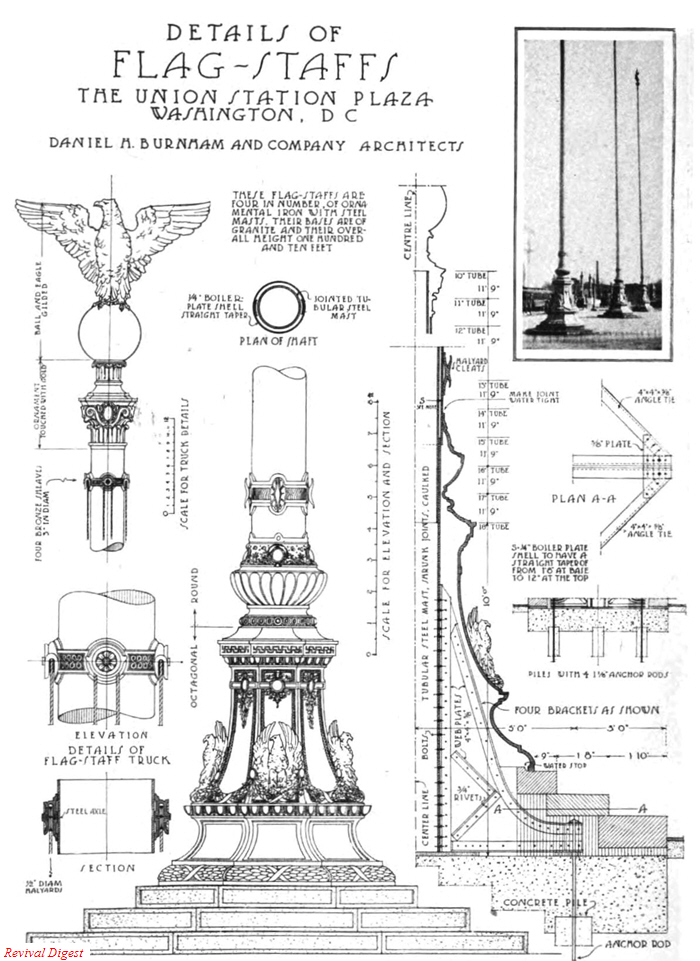
For some reason, designers and constructors just don’t mix well. This, of course, is nothing new to anyone working on a jobsite, but it’s particularly interesting that this innate difference in personalities begins well before anyone enters a design or construction program.
Bimification of Craft
Of course professionals work together effectively no matter what their personalities or motivations, recognizing a mutual interest in coordinating their efforts to get a project built. But the rationalization of the entire construction process tends to diminish both the craft of producing a design and the craft of building a building. In practice, the industrialization of the products created by designers and builders has been going on for a very long time and though both recognize the importance of the others’ work, few practicing today remember the draftsmen or carpenters that were once masters of their craft.


In a fast paced bimified world, it’s very rare to meet either a designer or a builder who has achieved the level of expertise once seen with the legendary masterbuilders. Perhaps things are just too complicated now for individual expression. Where a sheet in a set of construction drawings was once drawn by one person and checked by another, CAD drawings are now a mix of overlays, cross references, imports, and paste-in-place, all following a preprogrammed, almost robotic computerized system.
Like manufacturing a new car, buildings are designed and assembled through repetitive work, maximum efficiency, and carefully managed production. When it works, it gets the job done, but the results are far from a personal expression of any individual’s skill.
Techne of Craft
Sociologists see this loss of craft as the outcome of specialization, a function of modernity and the reduction of the master craftsmen to wage workers without the time or interest in perfecting their work. Ancient Greeks described the separation of craft from work as a philosophical trait they called “techne.” Techne is the mechanical skill, the living knowledge of a craft, as an understanding of something that brings a sense of satisfaction from a familiar expertise in making or doing.


Techne was once seen in singular objects that were drawn or created with a focus on the physical act of doing, not as an art, but as the result of the actions necessary to proudly put something together with one’s hands to solve a problem or make something that wasn’t there before. The objects that result come from a deep understanding of the tools and materials that are the manifestations of their craft.

The industrialization of craft is of course necessary for human progress. Most would agree there’s no way we could do what we do now in a purely craft-based economy. Considering the systems and specialization, let alone the growing intelligence of both the building and design documentation, we can only dream of those good old days. I’m happy I was a part of them.
Techne @ Net Zero
At the same time, techne exists in design and construction in what appears to be the absence of craft. This is the folk art of pottery and paint, the fantasies of individual expressions.


For construction professionals, techne is most apparent when we look at the disordered architecture of the informal sector. These are buildings where craft appears to be excluded from both the details and structure of their form. At the same time, if you look carefully (with the eye of a hands-on do-it-yourselfer) you see the ingenuity and determination embedded in an architecture with no presumptive form, no practiced pretense.
At first glance, these buildings may seem to be the antithesis of techne. Seen from a developed and disciplined world, they look like unconsciously erratic interpretations of architecture, expression of both untutored self-determination and limited imagination. But look again and you might see a reflection of the personalities we once held before being trained as designers and builders in a post modern world.

Important is that these buildings stand as the result of impoverished humans responding to the need for shelter with little or no planning, using random and dysfunctional materials, limited tools, and a disordered process that reflects almost none of the formalized systems of an “educated” industrialized society. With no power, scaffolding, or equipment, this is architecture put together by hand with none of the practiced rigor of a preconceived plan or the processed consumables necessary to analytically assemble an orderly product.

Standing outside the formal constraints of a rational process, they are a unique human form, distillations of the essence of intuition and invention where shape and substance are created purely out of necessity and an instinct for survival.

As a purely organic structure, they are built like sculptures with randomly collected materials pieced together to create an object that mixes both doing and design on the margins of rational industrialized thought.
Beyond Construction Modeling
Study these buildings again as a construction modeler and you see an object that cannot be built as a 3D construction model, first because the pieces and placements don't conform to the simplified geometry of our bimified three-dimensional axes. Second, though the elevations might be photographically textured as a rendered model, the assembled materials cannot be organized in a computer to predict or inform a construction process.

Finally, neither the design nor construction can be reduced to an hourly wage. There is no schedule to manage, no deadlines, just an ongoing commitment to self-reliance and determination. Beyond craft or techne, what we see as a result are the purposeful limits of construction modeling.
When the innate personalities of designers and builders are left to wander without the professorial inputs of an institutionalized post industrial world, one is only left to marvel at the techne seen in these informal constructions.
.

